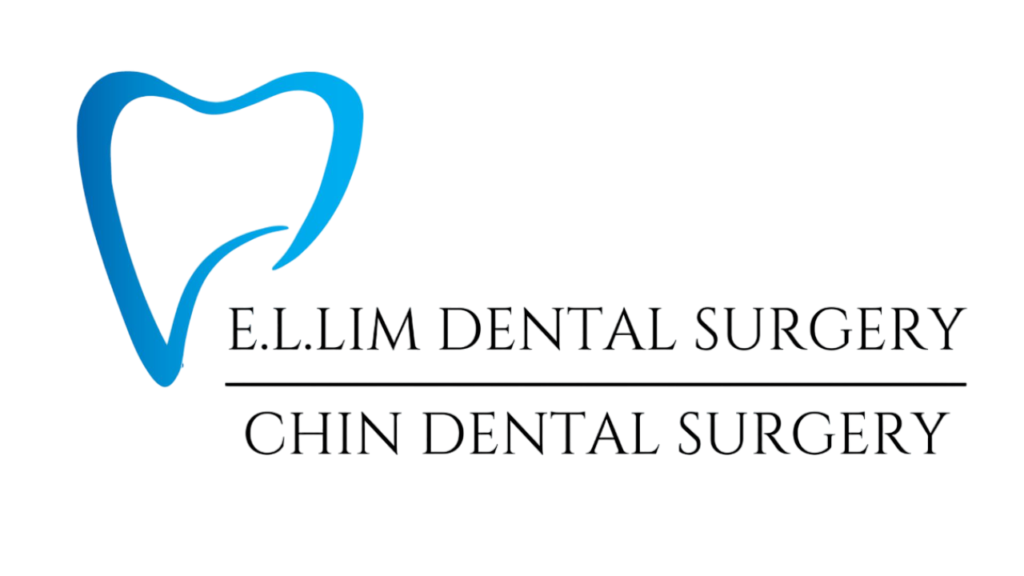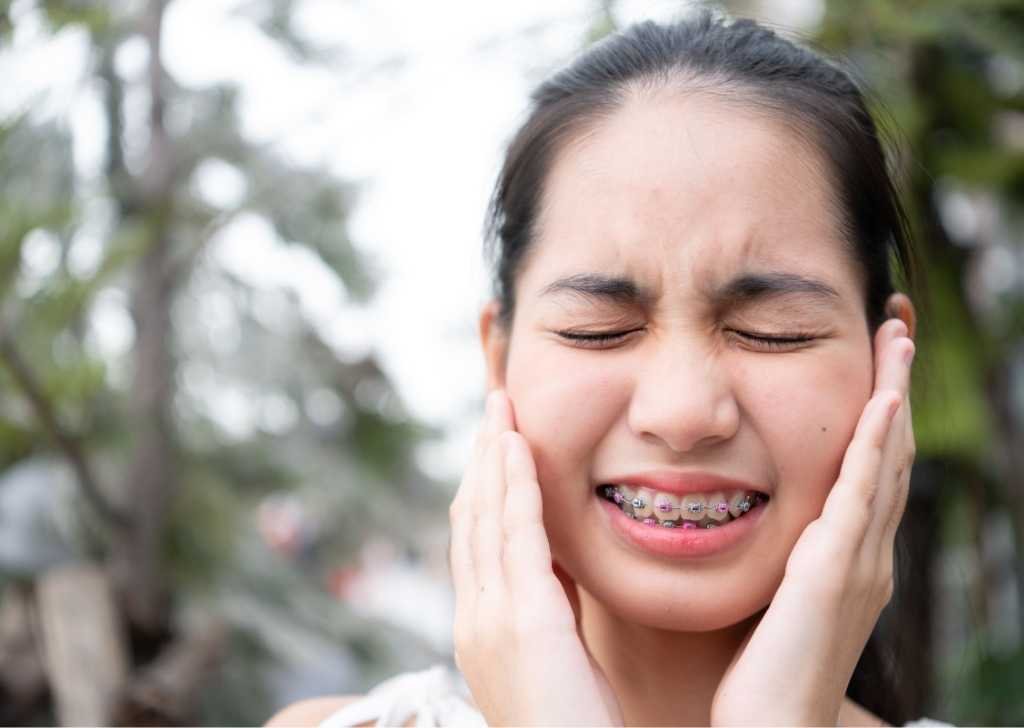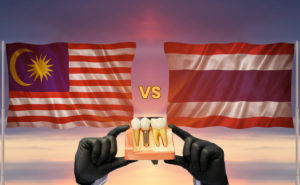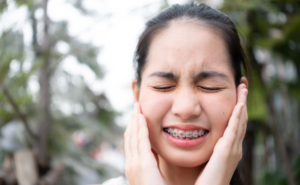Yes, you can remove braces pain at home quickly. Using dentist-approved tips like cold compresses, saltwater rinses, and eating the right soft foods, braces pain, especially right after adjustments can be manageable.
If you’ve just got yourself a set of braces, the discomfort can feel overwhelming. The tight pressure, sore cheeks, and aching gums are all part of the realignment process. It may sound scary but there are fast, safe ways to relieve it without needing to visit a clinic immediately.
Why Does Braces Pain Happen in the First Place
The goal of braces is to slowly move your teeth into better alignment, and that movement puts stress on the bones, ligaments, and tissues surrounding each tooth. This pressure creates inflammation and irritation in the mouth, which is why pain is most noticeable from:
Pressure from Wires, Brackets, and Bands
Each part of your braces, especially the archwire and elastic bands plays a role in applying steady, calculated pressure to your teeth. When the wire is tightened or changed, it starts tugging on specific teeth to reposition them. This force is transmitted to the surrounding ligaments, triggering a biological response where bone tissue breaks down and reforms to allow movement. It’s this cellular process that causes soreness, especially around the roots and gums, and why you might feel tender when biting down or chewing.
Gum and Cheek Irritation
Aside from the pressure, new brackets and wires can rub against the inside of your cheeks and lips. For some, this causes mild abrasions or ulcers during the adjustment period. Think of it like breaking in a new pair of shoes; it takes a little time for your mouth to adapt.
Climate & Diet Influence
Did you know your local climate and diet can influence braces comfort? Penang’s hot, humid weather, combined with certain spicy or acidic local foods can further irritate sore gums and cheeks. That’s why adjusting your eating habits, even for a few days, can make a big difference.

How Long Does Braces Pain Last?
The pain isn’t permanent, but it often shows up in distinct phases, especially when you’re new to treatment or getting regular adjustments. Here’s what to expect.
Days 1–2 – The Shock Phase
Right after the braces are fitted, your teeth begin to shift. The pressure from the brackets and wires can feel like your teeth are being “squeezed,” which triggers sensitivity.
Most people describe this as a dull ache, especially when biting down or brushing. It’s a strange new sensation, and for some, it’s uncomfortable enough to avoid solid food for those with a lower level of pain tolerance.
Days 3–4 – Peak Discomfort
This is typically the most painful part of the process. The tissues around your teeth and gums are inflamed from the new pressure, and your mouth is still adjusting to the brackets rubbing against the inner cheeks.
Eating even soft foods might feel like a chore and that’s perfectly normal.
Days 5–7 – Gradual Relief
By the end of the first week, most people report a noticeable decrease in pain. Your teeth begin to stabilise, and the soreness reduces as your gums and mouth tissues adapt.
At this point, you can likely return to more regular meals (but we still recommend softer textures for comfort).
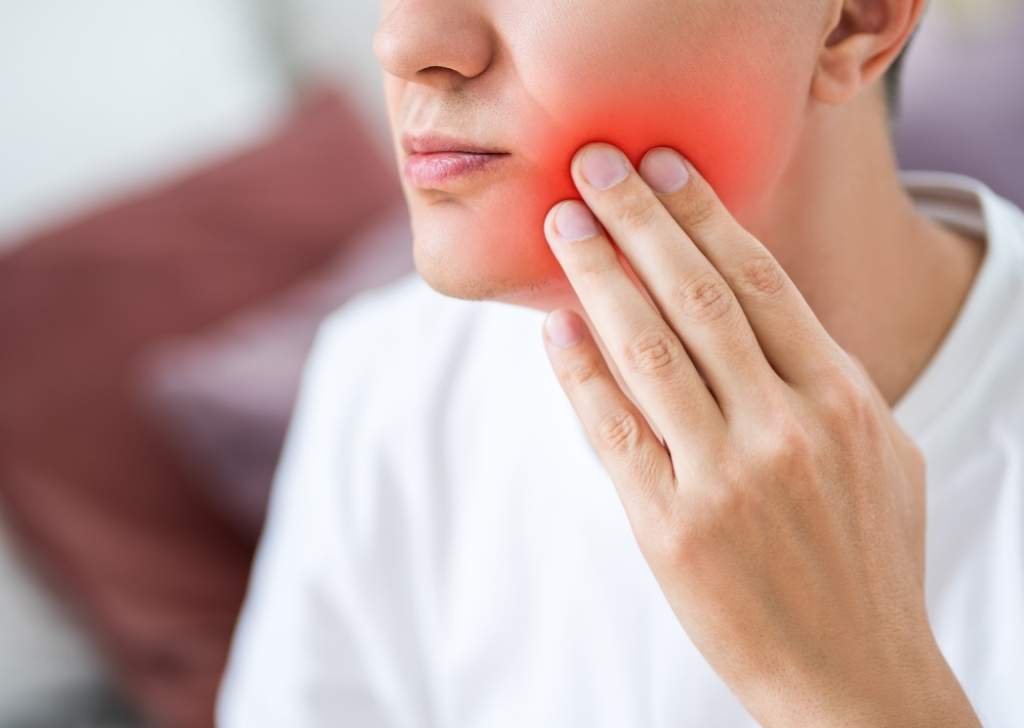
Recurring Pain: After Monthly Tightening Appointments
What Happens During Tightening?
Each month, your orthodontist adjusts the wires or changes the elastics to continue shifting your teeth. This reactivates the pressure on your roots and jawbone, triggering mild to moderate soreness again.
How Long Does the Pain Last After Tightening?
Most people feel discomfort starting within 4–6 hours of the appointment. The pain tends to peak around the 24-hour mark and fades significantly by day three.
This stage is often easier to manage than the initial week, since your mouth is already used to the appliance.
When Is It Time to Call a Dentist Due To An Unusual Pain?
Pain That Doesn’t Go Away
If your braces pain continues beyond a full week or if the discomfort is sharp, throbbing, or one-sided, it could signal a problem.
Common causes include:
- Loose brackets irritating soft tissue
- Wires poking your cheek or gums
- Gum infections or trapped food particles
- Mouth ulcers caused by friction
What to Do in This Case
Don’t wait it out. Book a check-up with your dentist to assess the issue. You may need a quick adjustment, a protective wax application, or a review of your hygiene routine.
How to Remove Braces Pain Quickly at Home
While braces pain is a natural part of the orthodontic journey, it doesn’t mean you have to suffer through it. You can find fast relief at home using proven dentist-approved techniques.
Let’s go through the most effective ways.
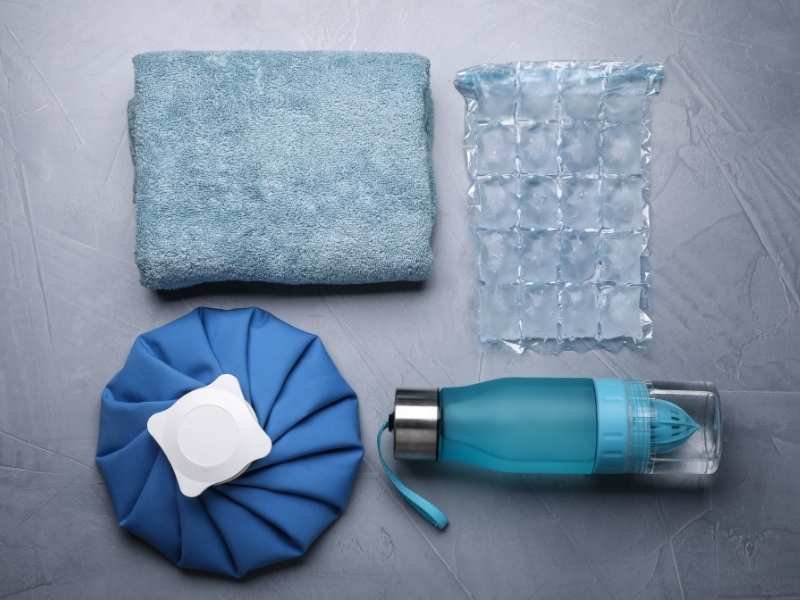
Use a Cold Compress or Ice Pack
Cold numbs the area and reduces inflammation around your teeth and gums. Applying an ice pack to the outside of your cheek for 10–15 minutes can significantly reduce soreness after a tightening session or when braces are newly installed.
How to Do It Right
Wrap ice or a frozen gel pack in a soft towel. Never apply it directly to the skin. Use it 2–3 times a day, especially in the first 72 hours after an adjustment.

Rinse with Warm Saltwater
Saltwater rinses help soothe irritated gums and clean out any food particles that might cause infection. It’s especially helpful if you have small cuts or ulcers caused by brackets rubbing against your mouth.
How to Make It
Mix half a teaspoon of salt in a cup of warm water. Swish the solution gently in your mouth for 30 seconds, then spit. Do this 2–3 times daily for the best results.

Take Over-the-Counter Pain Relief (When Needed)
Best Pain Medication for Braces
Mild pain relievers like paracetamol or ibuprofen can help take the edge off when the discomfort is more intense than usual. These are generally safe and effective for short-term use.
However, avoid aspirin unless advised by your dentist, as it can thin your blood and increase bleeding risks if you have any irritation or ulcers in your mouth.
Always follow dosage instructions on the label or consult your dentist if you’re unsure.
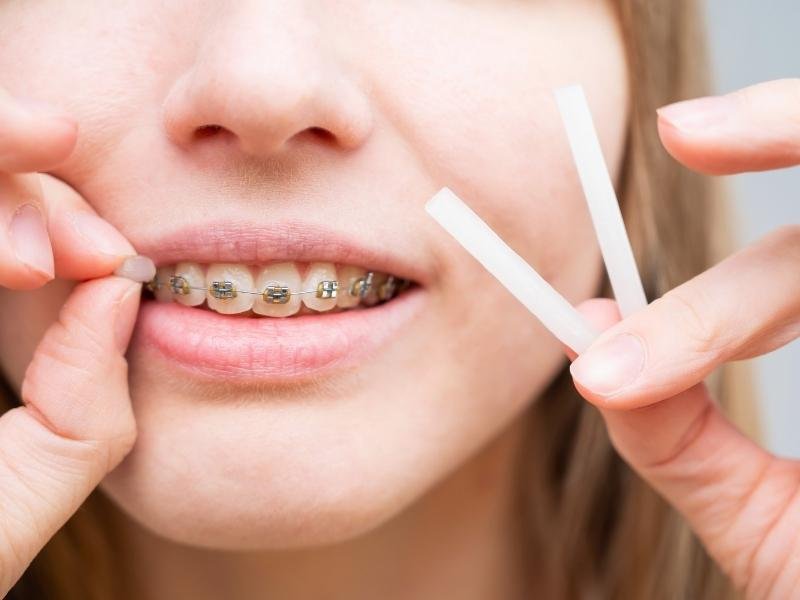
Try Orthodontic Wax (Or Dental Wax) for Sharp Edges
If you feel your braces cutting into your cheek or causing ulcers, orthodontic wax is a lifesaver. Just roll a small piece into a ball and press it onto the irritating bracket or wire.
This creates a smooth barrier between your braces and soft tissue, giving your mouth time to heal.

Maintain Excellent Oral Hygiene
Good oral hygiene reduces inflammation and pain with braces on. Food stuck around brackets can lead to bacteria buildup, worsening the discomfort.
Use a soft-bristled toothbrush, an interdental brush, and fluoride mouthwash to keep your teeth and gums healthy.
This creates a smooth barrier between your braces and soft tissue, giving your mouth time to heal.
Final Thoughts: Braces Pain Shouldn’t Be a Struggle
Discomfort from braces is a normal part of the journey but suffering through it isn’t. At Chin Dental Surgery, we believe every patient deserves to feel supported, especially when pain becomes more than just temporary soreness. Whether it’s adjusting your routine, recommending safe pain relief options, or checking for issues like loose brackets or poking wires, we’re here to help you stay on track comfortably.
If something doesn’t feel right, don’t wait. Speak up, ask questions, and let us know what you’re feeling. Managing braces pain effectively often comes down to having the right conversations early. Together, we’ll make sure your treatment stays smooth, safe, and worth every step.
Frequently Asked Questions (FAQ)
Yes, especially during the first few days after getting braces or after adjustments. The pressure from tooth movement can radiate through your jaw and up to your temples, leading to tension headaches. These typically subside within 2–3 days. If headaches persist or worsen, it’s a good idea to check with your dentist.
Braces pain usually feels like a dull, constant pressure on your teeth. It can intensify into a sore, bruised sensation when biting or chewing. Some people also experience mild gum tenderness or irritation from brackets rubbing against the inner cheeks. It’s uncomfortable, but not sharp or unbearable for most.
Getting comfortable with new braces can be tricky at first. To make sleep easier:
- Rinse with warm saltwater before bed to reduce inflammation.
- Use orthodontic wax on brackets that rub against your cheeks or lips.
- Take a mild pain reliever if your teeth are throbbing.
- Sleep on your back to avoid putting pressure on one side of your mouth.
Your body will usually adjust within a few nights.
For night-time braces pain, try rinsing with saltwater, using a cold compress on your cheeks, or applying numbing gel to sore spots. Stick to soft, warm foods for dinner, and avoid anything too cold, crunchy, or chewy. If the pain is more intense, consider taking a mild pain reliever before bed and always follow your dentist’s recommendations.
The first week after getting your braces is typically the most painful. Your teeth and soft tissues are adjusting to new pressure and hardware. After that, pain tends to be milder and only occurs after adjustments. The good news? Your body adapts quickly, and most patients feel very little discomfort after the first few weeks.
Dental Clinic Penang
Say Goodbye to Braces Pain With Chin Dental Surgery
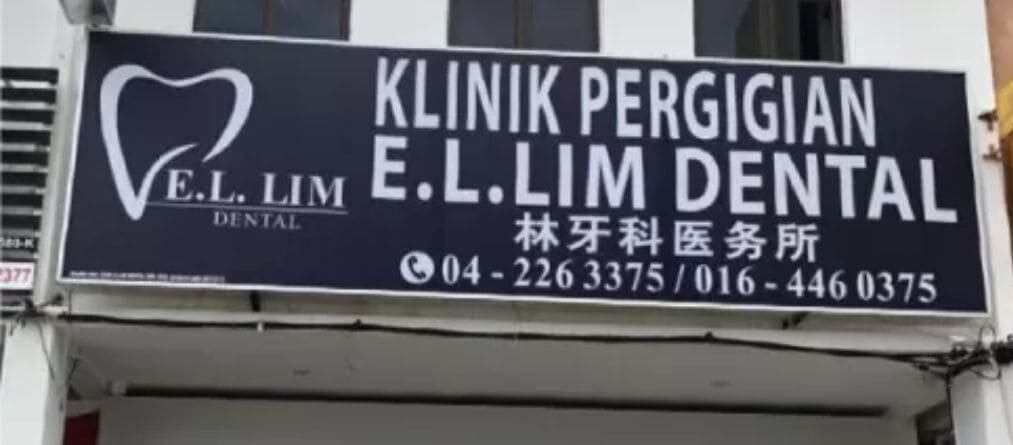
At Chin Dental Surgery in Penang, we understand that braces pain can affect your daily comfort and confidence. That’s why we’re committed to providing not only effective orthodontic treatments but also ongoing support to help you manage discomfort at every stage. Whether you’re just starting your journey or struggling with pain after an adjustment, our experienced team is here to guide you with practical advice and tailored care.
If you’re looking for affordable braces in Penang with a focus on comfort and long-term results, Chin Dental Surgery is ready to help. From personalised consultations to pain management strategies, we ensure your experience is as smooth as possible. Book your appointment today or learn more about our braces treatment services to take the first step toward a healthier, more confident smile.
